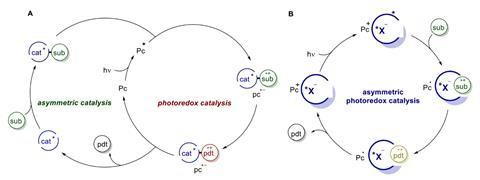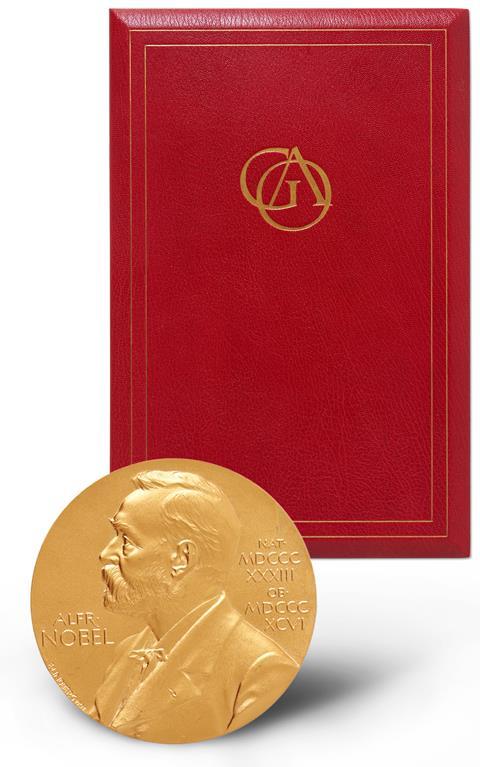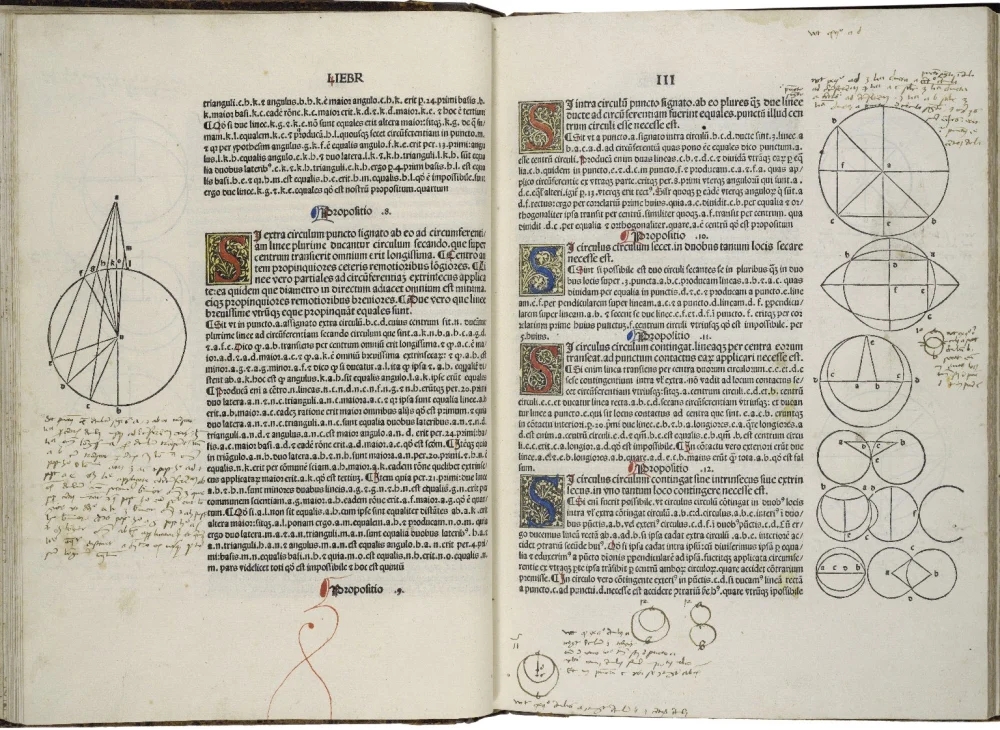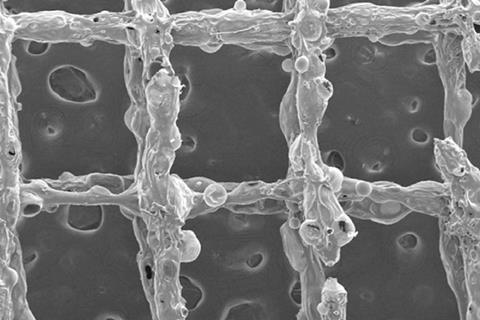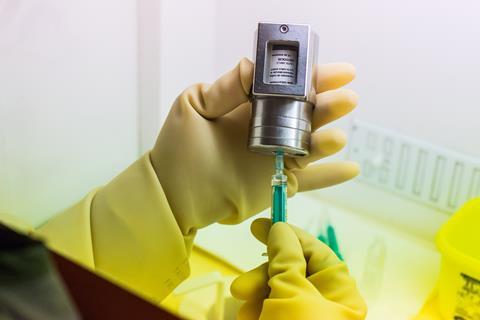Staff at 150 UK universities are set to go on strike from Wednesday in a significant escalation of an ongoing dispute over pay, working conditions and pension cuts. It will be the biggest series of strikes ever seen in the UK’s academic sector. 70,000 members of the University and College Union (UCU) took part in […]
Read More
